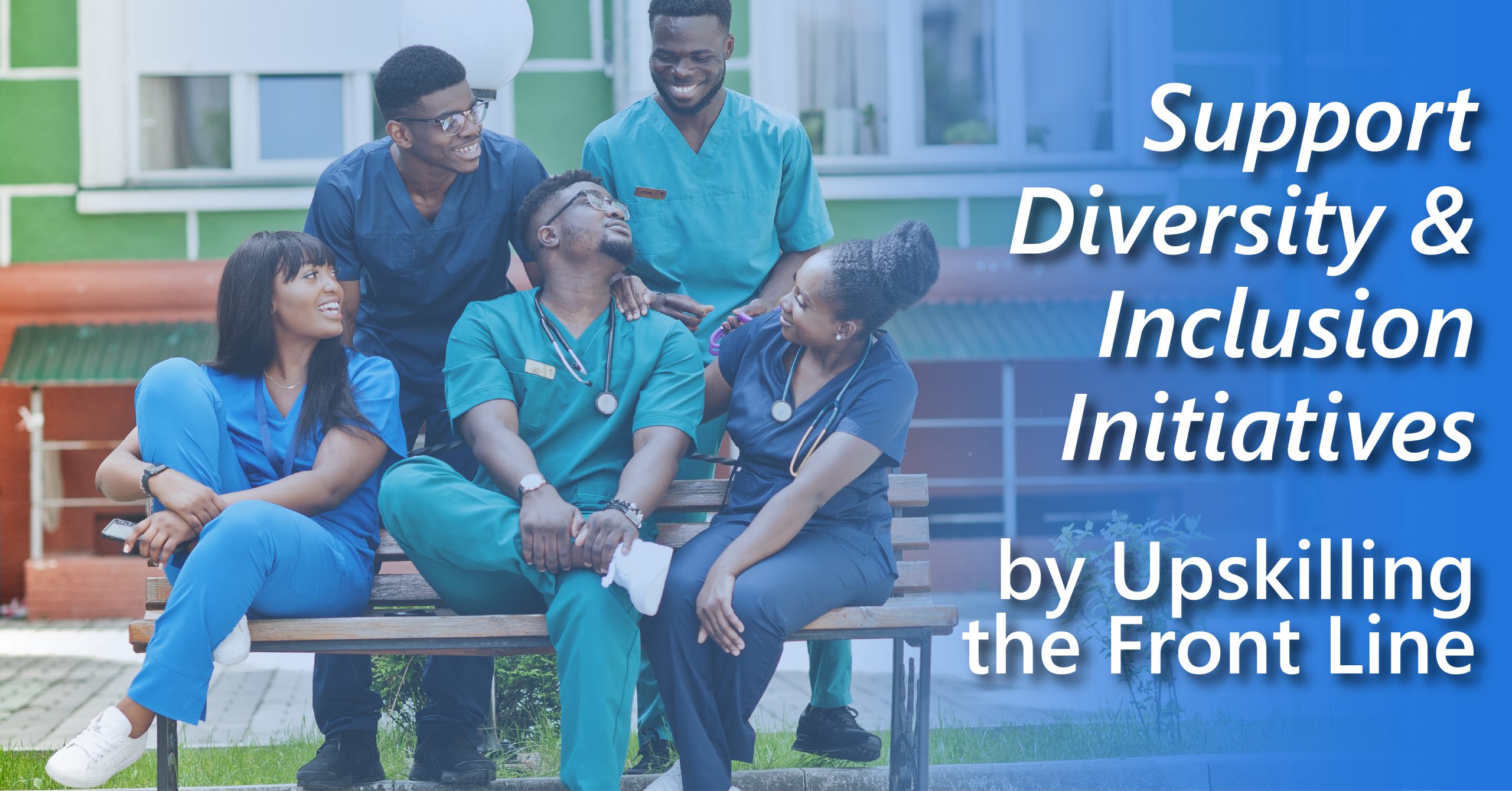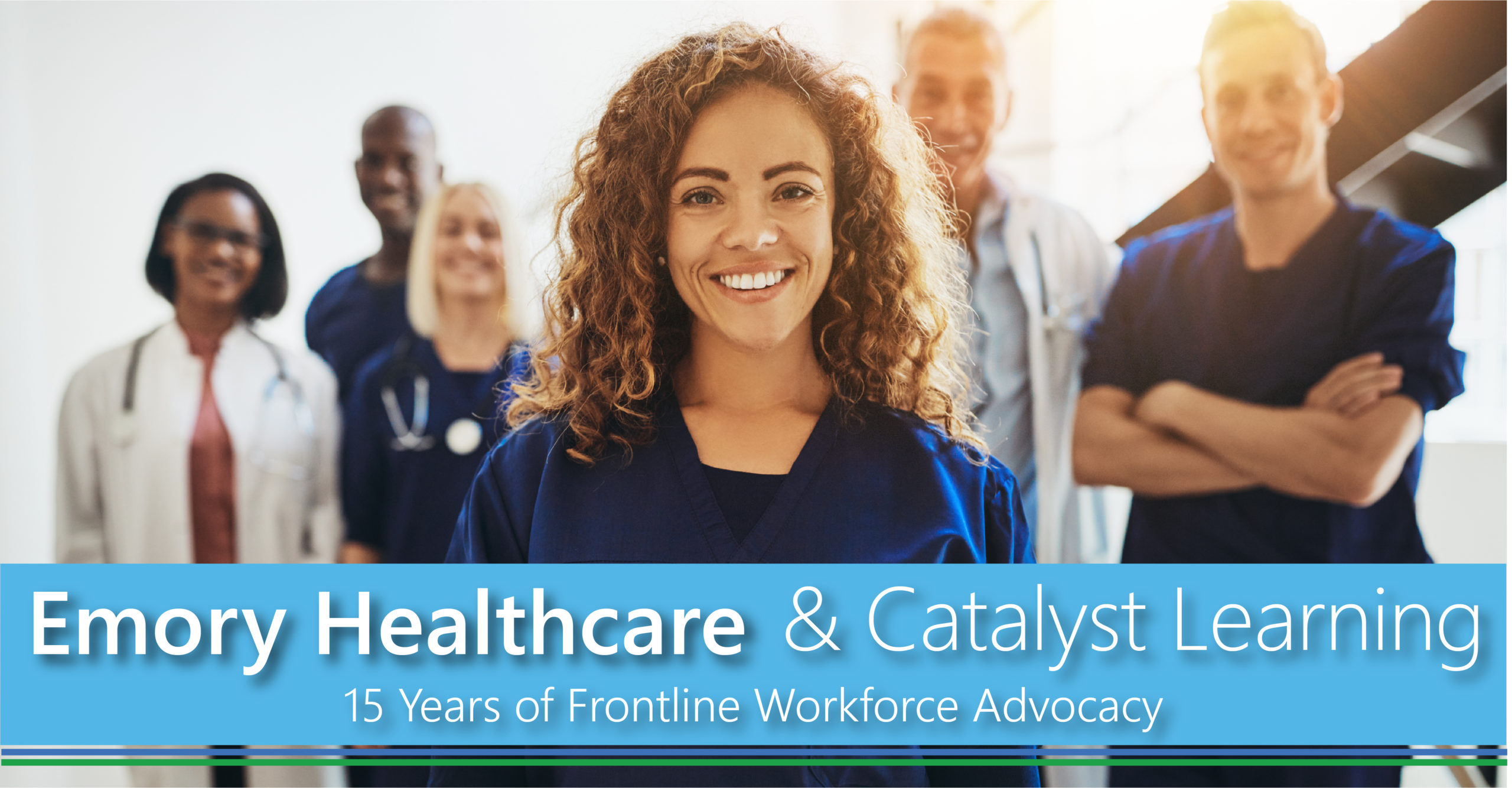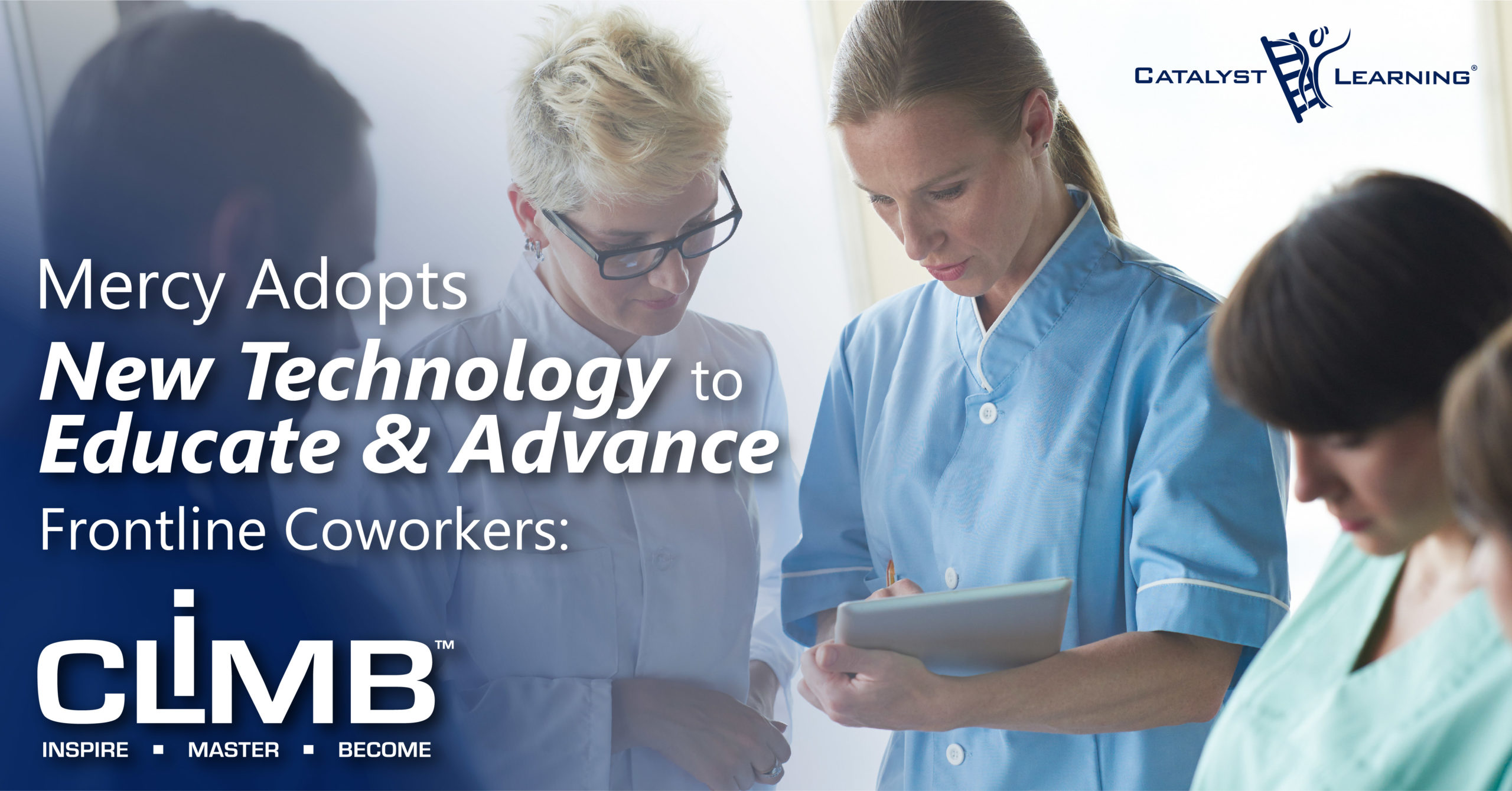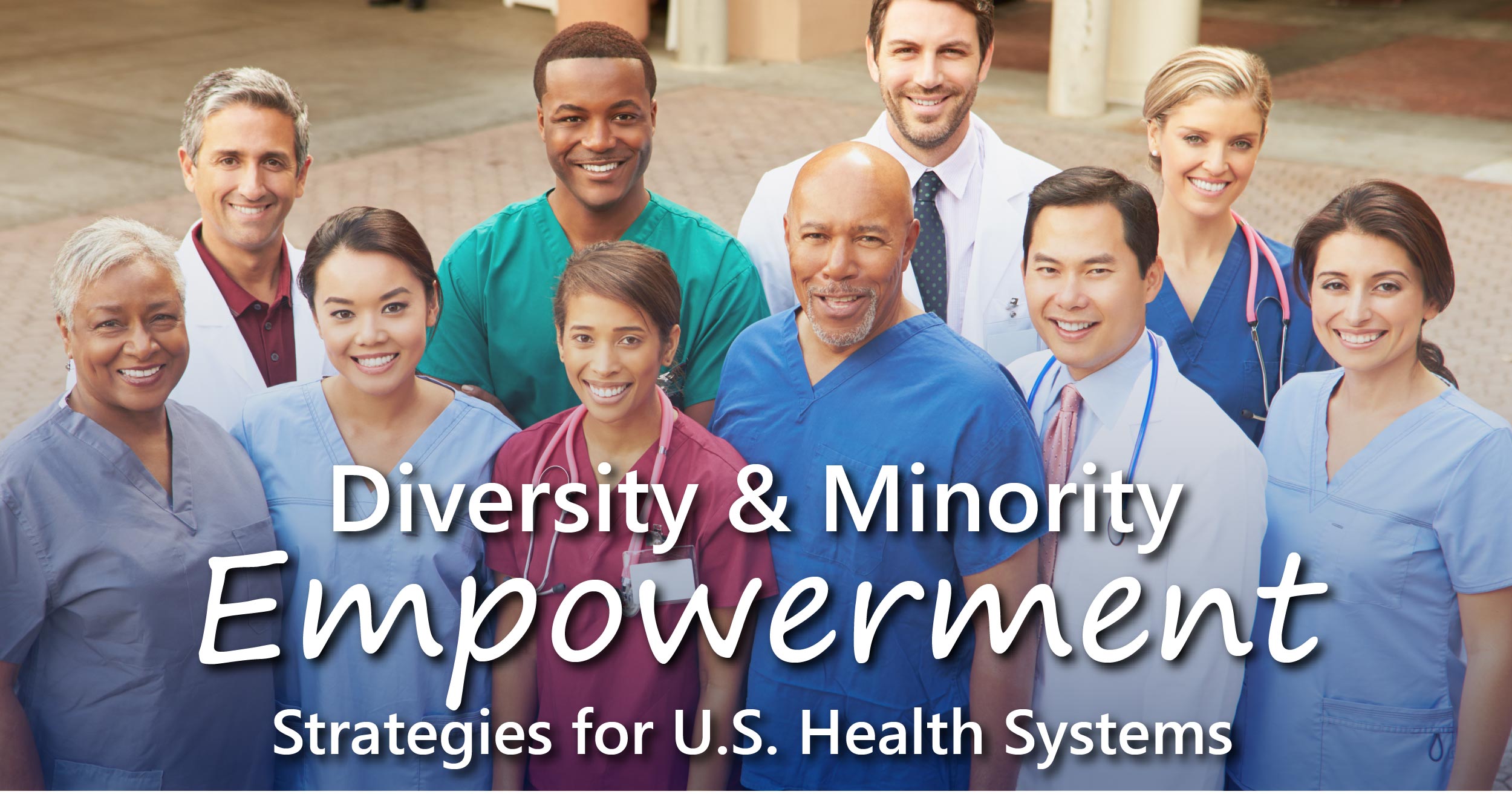By M. Lynn Fischer, Founder & CEO Catalyst Learning Company
The American Dream, the belief that anyone, can attain their own version of success and upward mobility through sacrifice and hard work, is alive and well in the Healthcare industry. It is the largest and fastest growing sector in the US economy, has numerous entry points and a myriad of possibilities for promotion and job advancement. Entry-level employees with limited education have a variety of paths by which they can move from low-skill, low wage roles to middle-skill, family sustaining wage positions. This group of essential workers, employed in lower-wage roles, tends to be very ethnically diverse.
“Who touches and impacts the patient? It’s our frontline co-workers. Who has one of the largest impacts on patient experience? Again, it’s the frontline co-workers. When we invest in these co-workers, we enhance the learning and productivity of the organization.”
Sister Claudia Ward, Program Manager Health Leads, Mercy
So you’ve decided that the best way to achieve success through a diversity and inclusion initiative lies with the education and empowerment of your organization’s low-wage front line. Where should you go from here?
Understand How Much Executive Support You Have… and Build from There
Most human beings, and virtually all of those in healthcare, want to “help people”. At its core, that is what front-line development is all about – reaching out your hand to help associates who want to progress in their careers and need help to accomplish that goal.
In our work to advocate for front-line employee development, scare resources sometimes evaporate. Everyone enthusiastically says, “we need to do this”! But the reality is that very few health systems actually implement a system to facilitate long-term development and upward mobility for front-line employees. If nothing is in place, you may want to “start small”, unless you have a C-Suite champion and a good-sized budget.
Atlantic Health (Morristown, New Jersey)
As the only New Jersey-based health care company on the Fortune’s ‘100 Best Companies To Work For®’ List, Atlantic Health System appears alongside some of the country’s best-known and most successful organizations, such as Hilton, Wegmans and American Express.
A program that Brian Gragnolati, President and CEO of Atlantic Health System said he is proud Atlantic Health has instituted is ‘School At Work’ (SAW®):
“We have a lot of staff members who might be in a job that they might desire to progress in. It might be a housekeeper, or it might be dining service or patient transport for an example. They’re in those roles and they can’t progress because perhaps they had a bit of a stumble early on in their lives,” Gragnolati said. “Maybe something happened in their families or they got in a little bit of trouble in high school and didn’t get out of high school and maybe have a GED. Now it’s 10 to 15 years later and feel like they’re stuck.”
New Jersey Herald, “Atlantic Health again one of Top 100 best places to work in U.S.” by Joe Carlson
Gragnolati said everything the health system does for its employees is done so it can “support our staff so human beings can continue to care for human beings in remarkable ways.”

Begin with Your Goal When Designing a Development Program
It sounds so obvious, but I’ve been amazed over the years how many customers proceed with a program because it feels like the right thing to do, prior to having a solid business-related justification. Examples of different types of outcomes you might discuss with your stakeholders could include:
- identifying and upskilling people for a high-need position
- increasing the ethnic diversity of people in middle-skill and supervisory positions, or
- retraining loyal employees whose jobs are in jeopardy due to automation (an increasingly urgent imperative for conscientious employers).
Effective workforce development programs involve a number of different groups within the health system, and typically fall under the umbrella of Talent Acquisition, Talent Management, or Learning & Organizational Development or Effectiveness (L&OD/L&OE). Working closely with these various departments will help you achieve implementing a successful program.
Career Planning & Advising. Essential. Often Missing.
I have long been astounded by the huge dollars spent on external recruiting of new employees and the paltry sum spent on developing internal staff. Return on Investment will be demonstrated over a period of years as the percentage of “internal hires” grows. Once a career is successfully planned, the advancements can be game changing. The lives of the front-liners get a boost and their families also benefit. Helping an employee identify a middle-skilled position that is a “good fit” and attain it, can jump wages by 45-50%.
Help Associates Define Options
“If you don’t know where you are going, any road can take you there.”
The classic 4-step career planning process includes: self-exploration; job research; exploration of job options; and taking action. For front-line workers at the entry-level, this way of thinking will likely all be new and require structured support. Those who are already employed in certificate-level positions may be more autonomous once you get the right tools in their hands.
Encourage the leader of your Talent Acquisition group to dedicate at least one person to career advising. Important skills for the internal developer are nurturing talent and facilitating connections within the organization, making the position different than a typical recruiter.
You’ll want a focused area in the organizations website where employees who are able to operate autonomously can learn what tools are available to them and be provided with contact points for related activities such as job shadowing and tuition support.
Something to consider is adding a supplemental program, such as CareerCare®, that allows employees to do guided self-reflection, a career interest assessment, and learn about high-need jobs within your organization. Employees will then be able to approach HR with a well-qualified idea of what will work for them that the hospital has need for.
Think about developing a class where the goal outcomes are a completed Career & Learning Plan, confidence in the future, and motivation to act on the plan. Access to an advisor or mentor will also be essential for your entry-level employees to successfully complete a career plan.
A key element of this work is translating the needs of the often voiceless and sometimes invisible hardworking people in our country to the seats of power. Seats of power that are busy, want to help, and need to quickly understand, “what do you want me to do”? Using the tools outlined here, be ready with your answer to that question!
What Else We’re Reading:
- Race, Risk, and Workforce Equity in the Coronavirus Economy By Abbie Langston and Sarah Treuhaft (PolicyLink), Justin Scoggins (USC Program for Environmental and Regional Equity), and Joel Simon and Matthew Walsh (Burning Glass Technologies)*
- A Vicious Death Grip on the Soul of our Nation: Confronting Racism in Workforce Development. By Michelle Wilson, Ed. D., National Fund for Workforce Solutions



